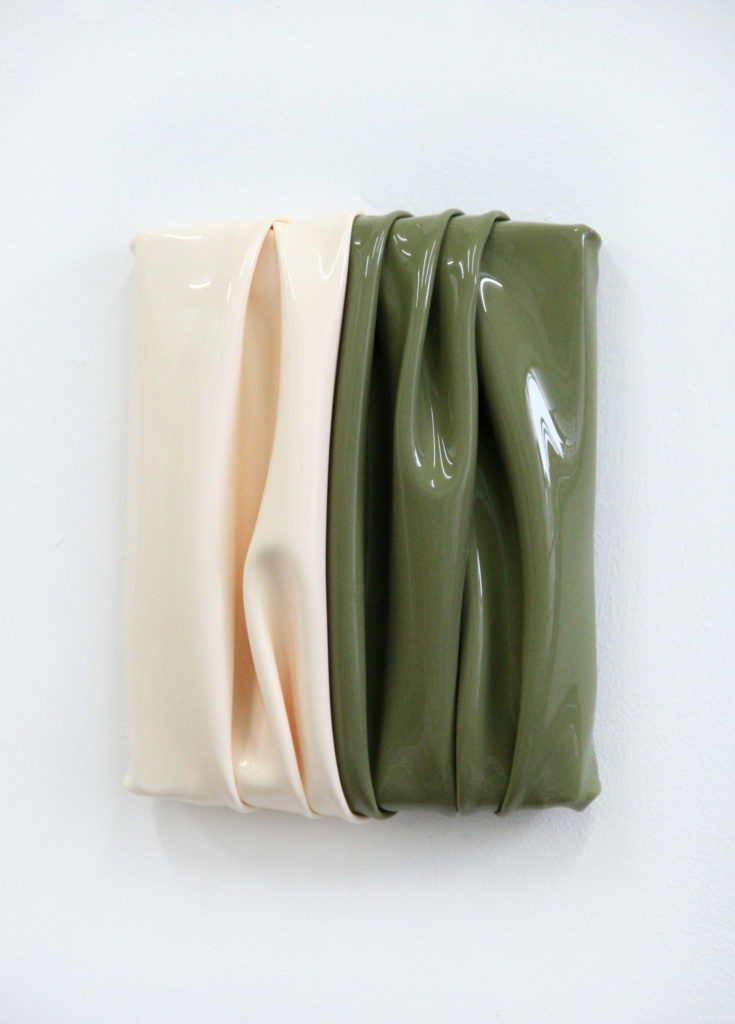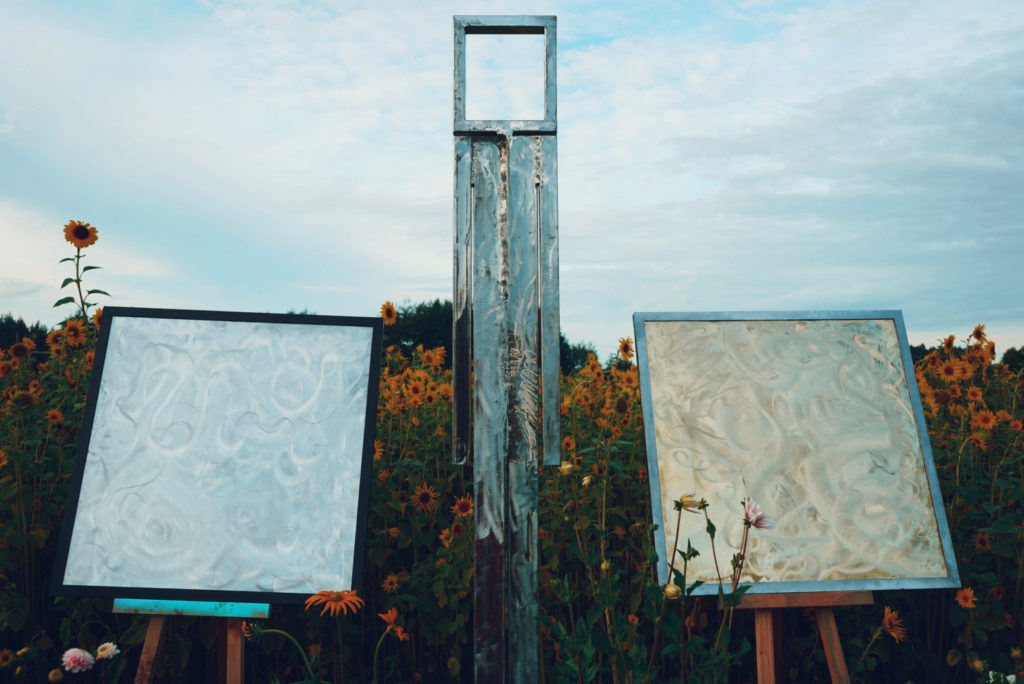About art
An Introduction to Sculpture
From marble busts to abstract assemblage, sculpture today is more popular than ever! Bring some three-dimensional creativity into your home with our guide to the contemporary possibilities of sculpture

Sculpture, by definition, is any kind of three-dimensional art; a practice in which artists embrace the physicality of raw materials to create free-standing or leaning works through additive or subtractive processes. In this blog we’ll give you a whistle-stop tour of the history of sculpture, followed by a quick introduction into the four primary processes of sculpting; carving, casting, modelling and assemblage.
A brief history of sculpture
Sculpture has a long history – it’s been the medium of choice for rulers and the world’s most powerful since Classical antiquity. But since then it’s had many guises: from marble busts in the eighteenth and nineteenth centuries, to the sleek, gold pieces of Modernists such as Brancusi. Whilst originally limited to stone, ceramics or wood, since the 60s, pretty much any three-dimensional piece is viewed as sculpture, in terms of its process and materials.
And today, it seems to be more popular than ever! Perhaps it’s the tangible quality of the three-dimensional, within a world when so much of the visual is in a two-dimensional form, walking around a sculptural, textural form in a gallery environment may have even greater appeal. Whatever the reason, we’re big fans of the many forms that sculpture can take; from figurative and abstract, to somewhere in between.
A quick guide to contemporary sculptural techniques
Carving
Carving is a reductive or subtractive technique in which the artist removes portions of the chosen material, through cutting or abrading, to create a piece. The main materials used in carved sculpture are stones such as marble, bone or wood. Wood is very pliable and is therefore easy to carve, though subject to humidity and extreme temperatures, and must be dried and cured prior to carving to prevent splitting or warping. Marble, the stone used most since antiquity, is very hard and difficult to carve; alabaster, which has a similar aesthetic property to marble, is soft and easy to carve; limestone, granite and sandstone are also popular media.
An example of a carved sculpture is this striking limestone piece called ‘Contemplation’ by Rose Eva. The raw edge and flowing natural seams of the limestone contrast beautifully with the ponderous carved form.

Modelling
Modelling is an additive process in which a three-dimensional form is shaped from a soft material such as clay, PVC or wax. Works can be reformed using the materials pliable nature until the artist is satisfied. Clay works, for example, are then fired in a kiln to make the clay permanent and durable. But, the possibilities of modelling are infinite.
Manon Steyaert is a French-British artist who’s fascination with the non-traditional medium of silicone has lead to her unique practice. She hand-pours each sheet of silicone before draping, twisting and folding to create beautiful, contemporary forms.

Casting
A fluid substance such as rubber or molten metal is poured into a cast (a mould which is made from a clay or wax model). Bronze (an alloy of copper and tin) is often used in casting, but materials such as concrete and resin can also be cast. Moulds can be used to make multiple casts, forming an edition collection of sculptures.

Assemblage
The term refers to three-dimensional works in which pre-formed elements (e.g. rope, scrap metal, newspaper) are adhered together in processes like welding, tying, weaving and sewing to create a sculpture. The process was most evident in the revolutionary art movements during the first quarter of the twentieth century in France, Russia, and Germany.
Sara Santamarina’s work is formed by the gathering of wood from Argentina’s oldest farmlands. She is inspired by the stories they hold and how they can continue to absorb inter-generational stories for years to come when manipulated into assemblages. Each sculpture, whether formed into wall art or freestanding piece, is totally unique, adding to the organic nature of her work.
Now you’re clued-in to all things sculpture, why not keep an eye out for these techniques at your next Affordable Art Fair to bring some three-dimensional creativity into your home.
Main image: Manon Steyaert, ‘Silicone Knot 1’, silicone, 11 x 9cm, WAY Gallery

